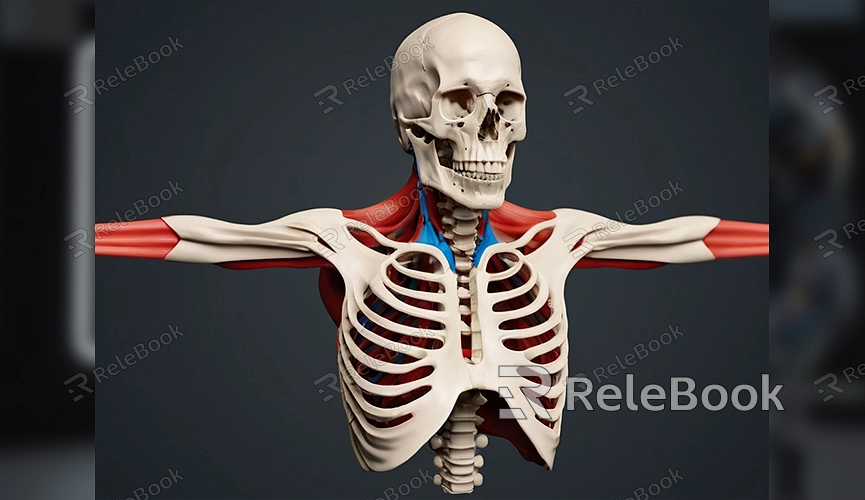How to Render Animation in Blender 2.8 Cycles
Blender 2.8 is a powerful 3D modeling and animation tool, with its Cycles rendering engine renowned for its high-quality output. Mastering how to render animations in Blender 2.8 using Cycles is an essential skill for both beginners and professionals. This guide will walk you through the process of rendering animations in Blender 2.8, from setting up your scene to final output, ensuring you can produce high-quality animations smoothly.
Preparation
Before you start rendering your animation, make sure your scene is fully prepared. This includes having all models, materials, lighting, and animations set up. If you’re a beginner, start with a simple scene, such as a moving cube or rotating sphere, to familiarize yourself with basic animation and rendering settings.

Setting Up the Render Engine
Switch to the Cycles render engine in Blender:
1. Open Blender and enter your project file.
2. Go to the “Render Properties” tab in the top menu.
3. Select “Cycles” from the “Render Engine” options.
Adjusting Render Settings
To ensure optimal animation rendering results, adjust the following key settings:
1. Resolution: Set your render resolution in the “Output Properties” tab. HD (1920x1080) is usually a good choice.
2. Frame Rate: Also in “Output Properties,” set your frame rate (typically 24 or 30 frames per second).
3. Sample Count: Adjust the render samples in the “Render Properties” tab. Higher sample counts provide better quality but increase render time. A range of 100 to 500 is a good starting point.
4. Ray Tracing: Enable or adjust ray tracing settings to achieve more realistic lighting and shadow effects.
Setting Output Path
In the “Output Properties” tab, configure the output path and format for your animation:
1. In the “Output” section, select a folder to save the rendered output.
2. Choose the output format, such as FFmpeg video or PNG sequence.
Rendering the Animation
Once everything is set, you can begin rendering the animation:
1. In the top menu, select “Render.”
2. Click “Render Animation” to start the rendering process.
3. Rendering may take some time, depending on the complexity of your scene and your computer’s performance.
Optimizing Render Time
Rendering animations can be very time-consuming. Here are some tips to optimize render time:
1. Reduce Sample Count: Lower the sample count while maintaining acceptable quality.
2. Use Denoising: Enable denoising in the “Render Properties” tab to improve image quality at lower sample counts.
3. Adjust Lighting Settings: Proper lighting setup can reduce render time and enhance image quality.
Post-Processing
After rendering is complete, you can use Blender’s “Compositor” for post-processing. Add color correction, lens effects, or depth of field to make your animation more vivid.
Exporting the Final Product
If you chose to output a PNG sequence, you can use Blender’s “Video Sequencer” or other video editing software to combine the frames into a video file:
1. Open the “Video Sequencer.”
2. Import the PNG sequence.
3. Export the sequence as a video file in your desired format.
Rendering animations in Blender 2.8 Cycles is a multi-step process, but by following this guide, you can successfully create high-quality animations. Remember to be patient during the rendering process and continually adjust and optimize your settings for the best results.
If you need high-quality 3D textures and HDRIs for your models and virtual scenes, you can download them for free from [Relebook Textures](https://textures.relebook.com/). For beautiful 3D models, visit [Relebook 3D Models](https://3dmodels.relebook.com/), where you’ll find a wide range of premium 3D resources. We hope this article helps you successfully render animations in Blender 2.8 and enhance your creative skills.

